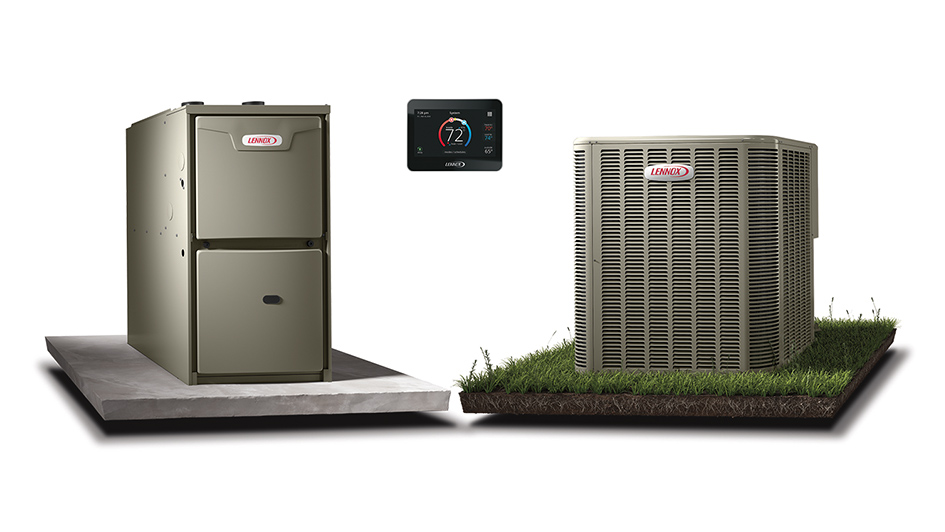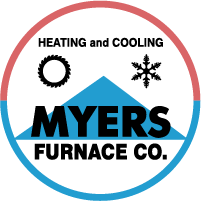
The thought of running both a furnace and heat pump may seem a little unusual at first. After all, why should you need two sources of heat? Although furnaces and heat pumps both provide energy-efficient heat, the variations in their design really make employing both of them a practical option. It’s not for everybody, but under the right conditions you will absolutely benefit from having a furnace and a heat pump.
You’ll want to consider several factors in order to decide if this kind of setup suits you. Your local climate and the square footage of your home are both highly important, particularly for the heat pump. This is because multiple models of heat pumps start to work less effectively in colder weather and bigger homes. Even so, you can still benefit from heat pump installation in Belton.
Heat Pumps Can Be Less Reliable in Cold Weather
Heat pumps are commonly less reliable in colder weather because of how they provide climate control in the first place. Compared to furnaces, which combust fuel to generate heat, a heat pump reverses its flow of refrigerant to draw heat from outdoor air. This heat is then brought inside and distributed throughout your home. Assuming there is still some heat energy in the air, a heat pump should function. But the lower the temperature, the less efficient this process is.
The less heat energy is available outside, the longer it takes a heat pump to pull heat indoors to generate your preferred temperature. It may depend on the exact make and model, but heat pumps may start to drop in efficiency at temperatures of 40 degrees and below. They can still be an energy-efficient option until 20-25 degrees, at which a gas furnace will be more effective.
What Temperatures Do Heat Pumps Run Best In?
Heat pumps function best in moderate climates 40 degrees and up. That said, you don’t have to sacrifice the benefits of a heat pump just because your local climate is cold. As a matter of fact, that’s why having both a furnace and heat pump may be worth the cost. You can favor the heat pump for energy-efficient heat until the weather is cool enough to warrant swapping to something like a gas furnace.
Some makes and models tout greater efficiency in winter weather. For example, the Lennox MLA heat pump is capable of operating at 100% capacity at 0°F. It can even remain efficient in temperatures as extreme as -22°F. For optimal energy efficiency, you’ll likely still want to swap to the furnace in especially cold weather.
So Should I Get a Heat Pump if I Use a Gas Furnace?
If you’re serious about maintaining the most energy-efficient HVAC system achievable, installing a heat pump and gas furnace at the same time deserves the investment. Not only is a dual-heating system flexible, but it offers other benefits including:
- Reliable backup heating – A redundant heating system means even if one stops working, you still have the capability to heat your home. It won’t always be the most energy efficient, but it’s better than having an unheated home while you hold out for repairs.
- Fewer energy costs – The ability to select which heating system you use based on the highest energy efficiency lowers your total costs. Smaller heating bills over the life span of these heating systems can really add up to lots of savings.
- Less strain on both systems – Instead of running one system all winter long, heating duties are divided between the furnace and heat pump. Key components will sometimes live longer since they’re not under nonstop use.
If you’re still unsure about heat pump installation in Belton, don’t hesitate to reach out to your local professional technicians. They can walk you through your home’s comfort needs and help you figure out if a dual-heating HVAC system is the best option.
